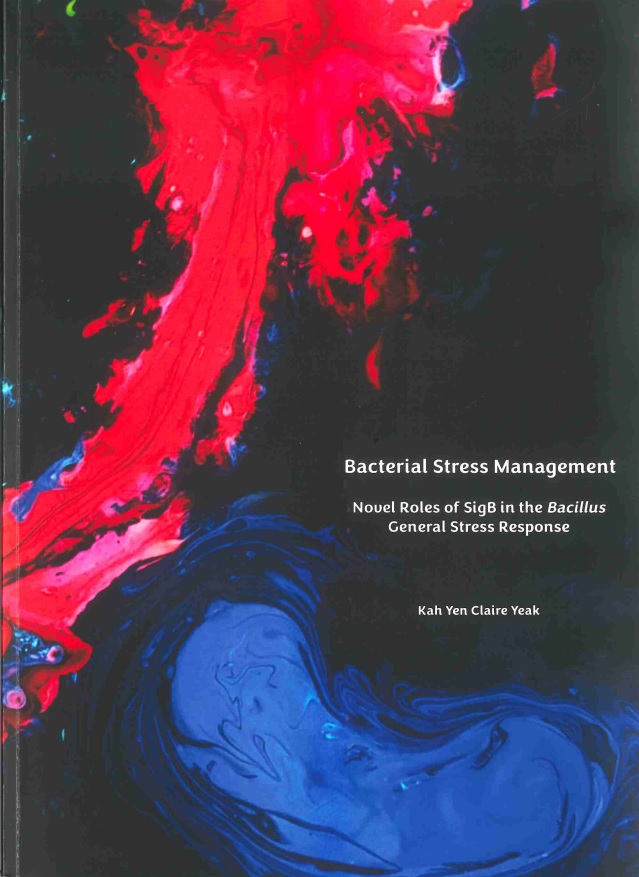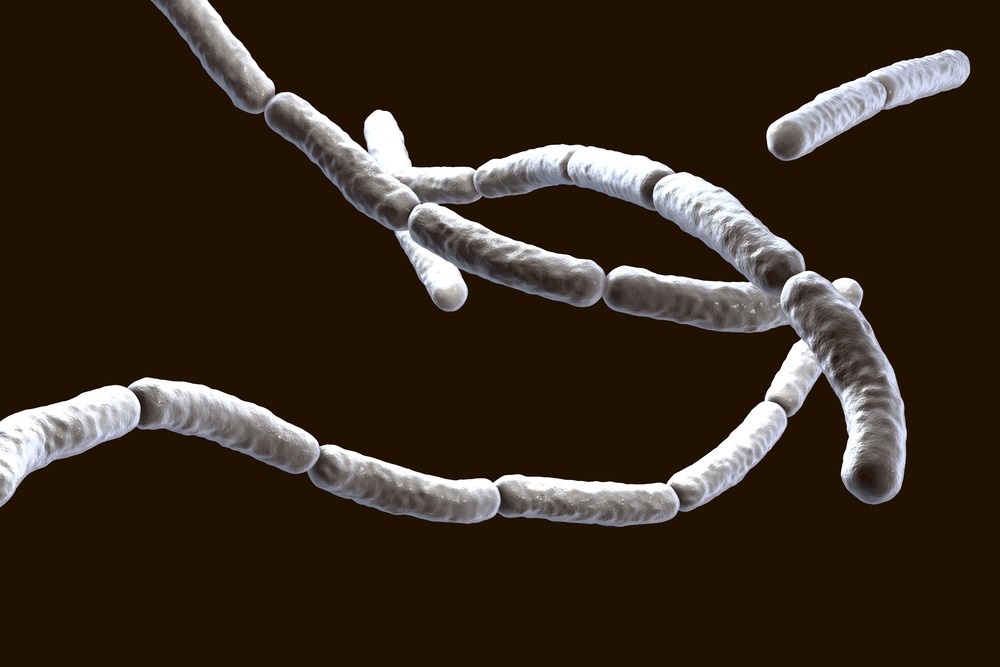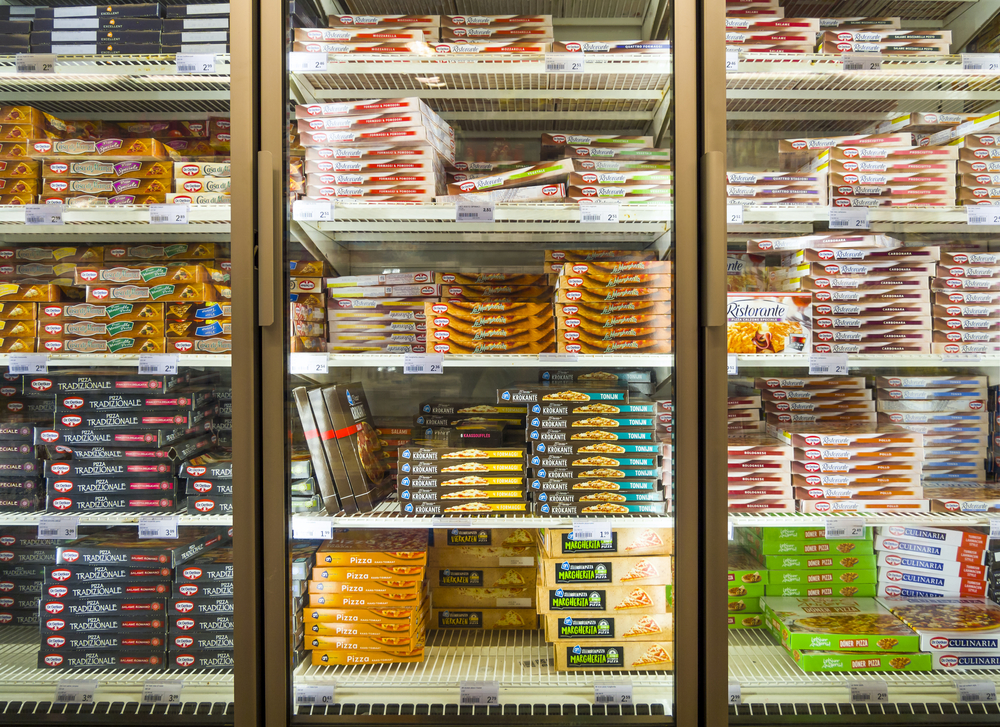Bacteria can adapt to a wide range of stresses , such as heat, by launching a general defense. The protein Sigma B is central to this stress adaptation and management. It commands an army of proteins to fight against various stresses by boosting specific genes that encode for these proteins. However, there is much more the Sigma B protein can do next to stress defense.
Thus discovered PhD candidate Claire Yeak, who studied Sigma B’s extensive list of functions related to bacteria in the Bacillus family. She conducted her investigation by looking for locations in the Bacillus subtilis genome that might act as points of attachment for Sigma B. The subsequent binding to the specific genome location switches on certain genes that produce the required proteins.
Point of attachment
This point of attachment for Sigma B consists of a piece of genetic code (the promotor) of approximately 40 base pairs (letters). Yeak analysed the Bacillus genome for the presence of that specific sequence. ‘If that is found, Sigma B will likely be able to bind to it and a possible role of Sigma B can be predicted.’ Yeak thus identified 156 new points of attachment for Sigma B.
Mild processing conditions activate the stress defense system and thus give them protection
Claire Yeak, Food Microbiology
In doing so she increased the total number of genes that Sigma B impacts in Bacillus cells to over 500. She subsequently showed that the points of attachment are, indeed, switches that activate genes, either under stressed or unstressed situations. She also revealed new functions of Sigma B unrelated to stress, such as the control of nutrient usage and the swimming behaviour of Bacillus.

Bacillus subtilis and its sibling Bacillus licheniformis are frequently used in biotechnology to produce enzymes. However, they also produce compounds called surfactin en lichenysin that can destroy all cellular membranes. This raises safety concerns about their presence in foodstuffs, such as milk. Yeak discovered that Sigma B is, albeit indirectly, involved in the production of lichenysin. She also showed that lichenysin and surfactin are toxic to humans.
Toxic
The exact role of these compounds within Bacillus however is unclear. It’s conceivable that in nature they’re used to kill competitors, but why than are they not toxic to themselves?. Yeak: ‘Our hypothesis is that in small doses, production of these compounds in Bacillus cells activate Sigma B, thereby switching on the stress defense and protecting them against lethal stress.’
These findings are something to take into account, says Yeak. ‘Nowadays, consumers prefer mildly processed foods. Bacteria are perhaps more difficult to kill under these circumstances because mild processing conditions activate the stress defense system and thus give them protection. This is something we must consider when we design the processing procedures for mildly processed foods.’

 Bacillus subtilis Foto Shutterstock
Bacillus subtilis Foto Shutterstock 

